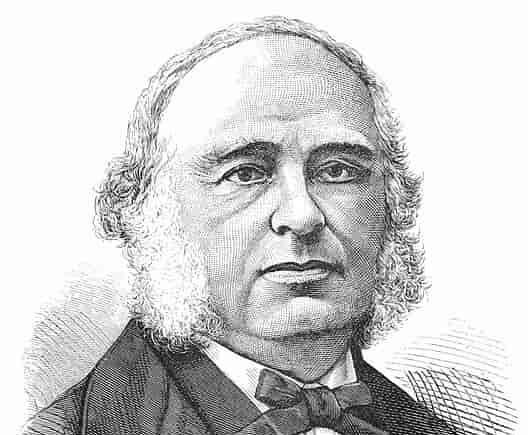Around the 1870s, French neurologist Paul Broca discovered a region of the brain that was associated with the production of spoken language.
It was the first time in history that language was connected with the brain.
Broca’s discovery was possible because of his patient known as Leborgne. Leborgne was peculiar: he could understand language, but he could not speak except for isolated words or syllables. When Leborgne died, Broca conducted a postmortem exam on his brain and found damage in an area known as the frontal lobe. This area of the brain is now referred to as Broca’s area. It is said to be responsible for the planning and production of speech and coordinating the muscles involved in speech.
About 10 years later, another neurologist named Carl Wernicke identified a reverse case. His patients were able to speak but were not able to actually comprehend language. Examination of the brains of patients suffering from this language problem showed damage around the parietal, temporal, and occipital lobes. This region of the brain is now known as Wernicke’s area and is associated with the understanding of spoken and written language.
Wernicke’s area and Broca’s area are two areas of the brain that play a part in language. Broca’s area is associated with language production, while Wernicke’s area is associated with language comprehension.








